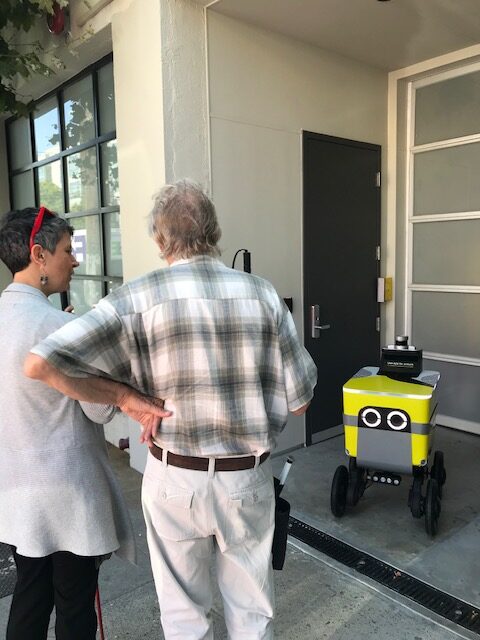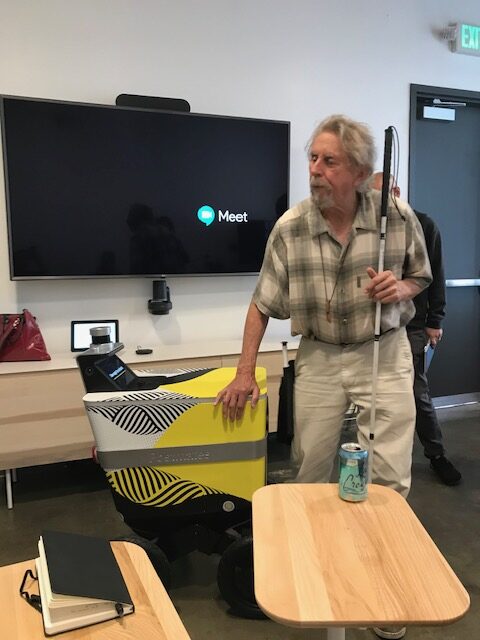Category
Audio Brand Strategy, Music Supervision, Music Composition
Application
Advertising, Marketing, Events, Editorial

This project is currently underway — We look forward to sharing it with you soon!
Category
Audio Brand Strategy, Music Supervision, Music Composition
Application
Advertising, Marketing, Events, Editorial

This project is currently underway — We look forward to sharing it with you soon!
Deliverables
Product Sound, App Sound, Audio Logo, Audio Brand Strategy
Application
Product, App, TV Commercials, Social Media, Digital Content
Your alarm is the first thing you experience in your day — It should be pleasant, polite and seamless. When Hello came to us to rethink the way alarms should sound, we saw this as an opportunity to reinvent the conventional by creating dynamic soundscapes that are more pleasant for the end user. The end result changed the way designers think about designing auditory alerts, notifications, alarms and ringtones by addressing them in a more considerate, polite manner.
From the get go, we knew we wanted to use dynamics as a driving principle to express the seamless transition between sleep and waking moments. The idea of waking light sleepers at the beginning of an alarm with a softer touch was a new and fresh approach that had rarely been designed for alarms to this point. Each alarm takes a considerate approach to design that evolves and develops gradually in order to address the wide user base of light to heavier sleepers.
Sorry, your browser does not support this audio format.
Space in composition and lighter textures and timbres
Sorry, your browser does not support this audio format.
Slow, gradual builds designed for a range of sleepers from light – heavy
Sorry, your browser does not support this audio format.
Ambient soundscapes that ease transition from sleep to waking
Sorry, your browser does not support this audio format.
Softer approach to design that is polite and considerate of the end user
We used layers that come and go, build and fall to elegantly wake people rather than rudely force them awake.
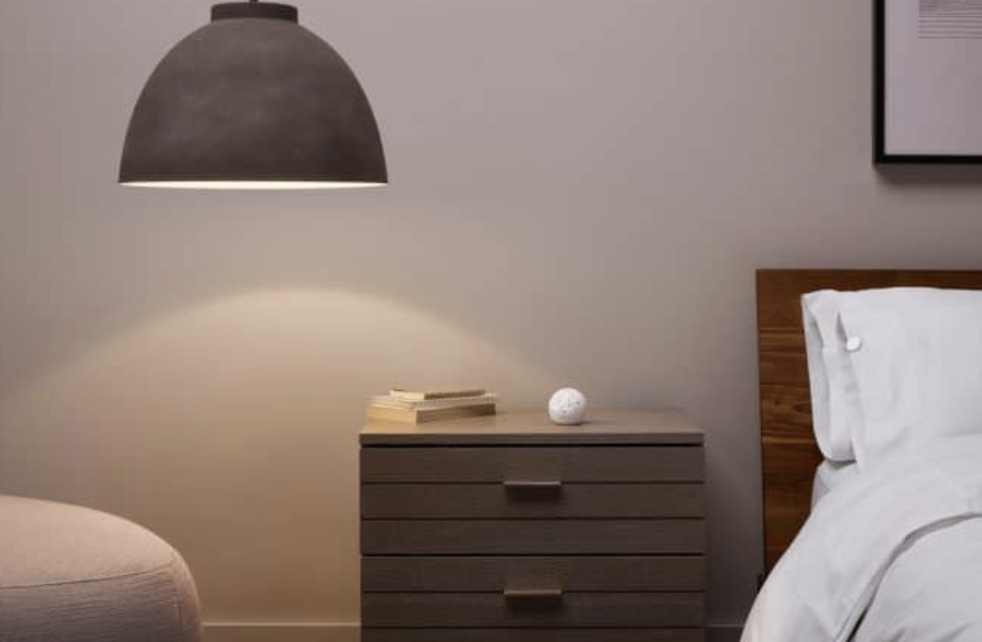
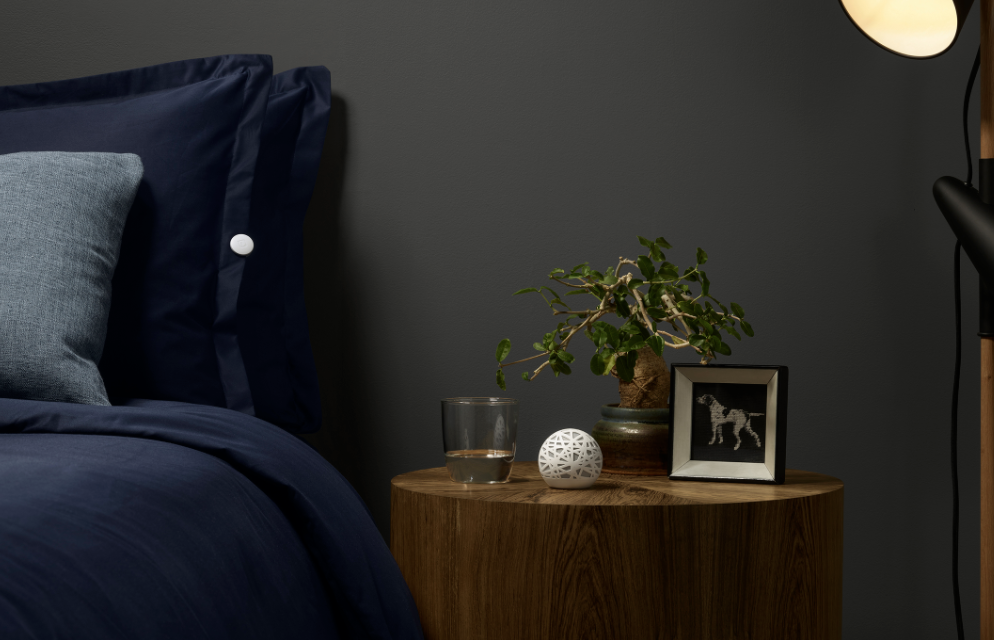
During our process we worked closely with the design and engineering team at Hello to ensure the design system was not only on brand, but also functioning properly on device. During user testing, we discovered that users appreciated the dynamic design system of alarms so much that we also created a suite of sleep tones to help people fall asleep.
The sounds we created for Sense spanned alarms, sleep tones, ui and sound logo for marketing and served as some of the most loved moments in the product — Even The Verge gave us a glowing review of our work. Unfortunately the device is no longer in production, but the design system we helped to create influenced how composers and designers think about designing more pleasant sound experiences for connected home devices the world over.
I’m a big fan of two clever bits of technology in the Sense system: the ambient sounds designed to gently put you to sleep and the gradual alarm devised to equally gently pull you out of it — it’s super neatly executed. I use the app to set up relaxing white noise for a half-hour playback in the evening and then — on the occasions when I’m actually in bed at alarm time — I seriously enjoy the soft and polite way it wakes me up.
The Verge
The team at Hello worked with CMoore Sound on the sound identity for Sense. They took on the challenge of creating a diverse set of audio assets for Sense, and ended up creating a cohesive and recognizable sound aesthetic for the product that we extended across multiple features, powering some of the most-loved experiences with the product
Kevin Twohy, Director of Product
Deliverables
Internal Audio User Experience, AVAS (Engine) Sound Design
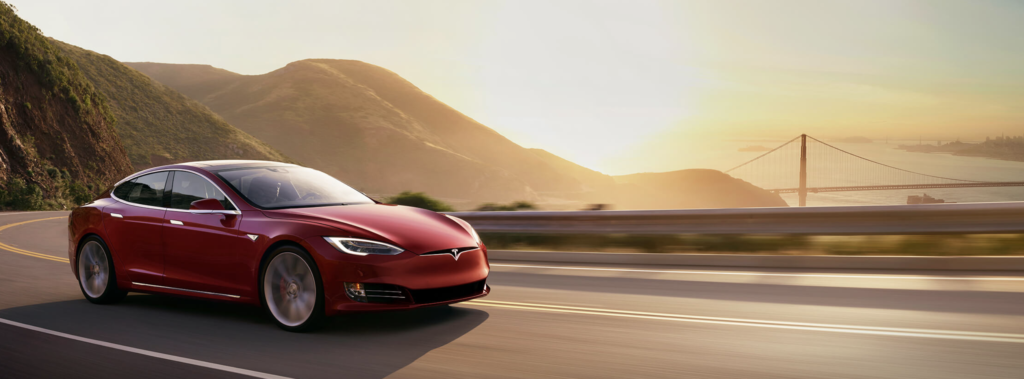
This project is currently confidential – Please reach out directly for more info.
Deliverables
Audio Brand Strategy & Custom App Sound Design
Application
Uber Drivers App & Uber Eats App
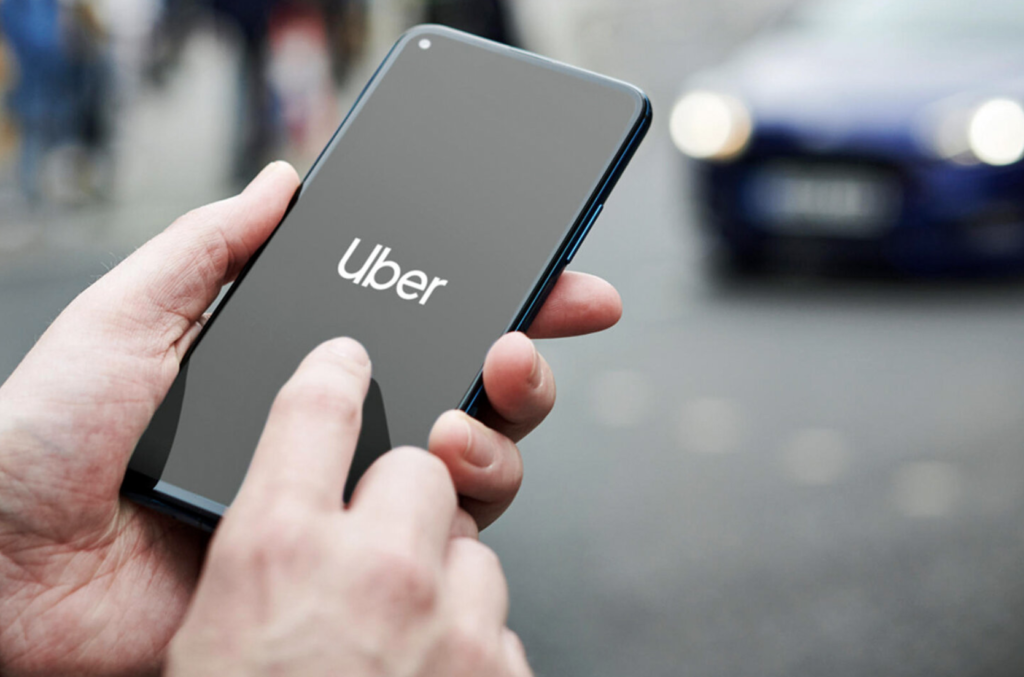
Uber partnered with us to develop an audio brand strategy focused on creating signature app sounds for key user moments, particularly driver alerts and notifications. Given their functional purpose, we designed sounds that are instantly recognizable yet unobtrusive, ensuring clarity without pulling attention away from the road.
We began with in-depth research, stakeholder interviews, and a brand workshop to define the foundation of Uber’s audio brand strategy. We crafted a clean, minimal, and communicative tonal palette—distinct from competitors and effective across diverse driving scenarios.
Sorry, your browser does not support this audio format.
Subtle delay and flutter effects were layered in to create a sense of dynamic movement.
Sorry, your browser does not support this audio format.
A combination of muted and bright tones were used to create premium-sounding, multi-layered timbres that remain clear in real-world conditions.
Sorry, your browser does not support this audio format.
Melodic cues were composed to create a rewarding auditory experience, reinforcing positive user interactions.
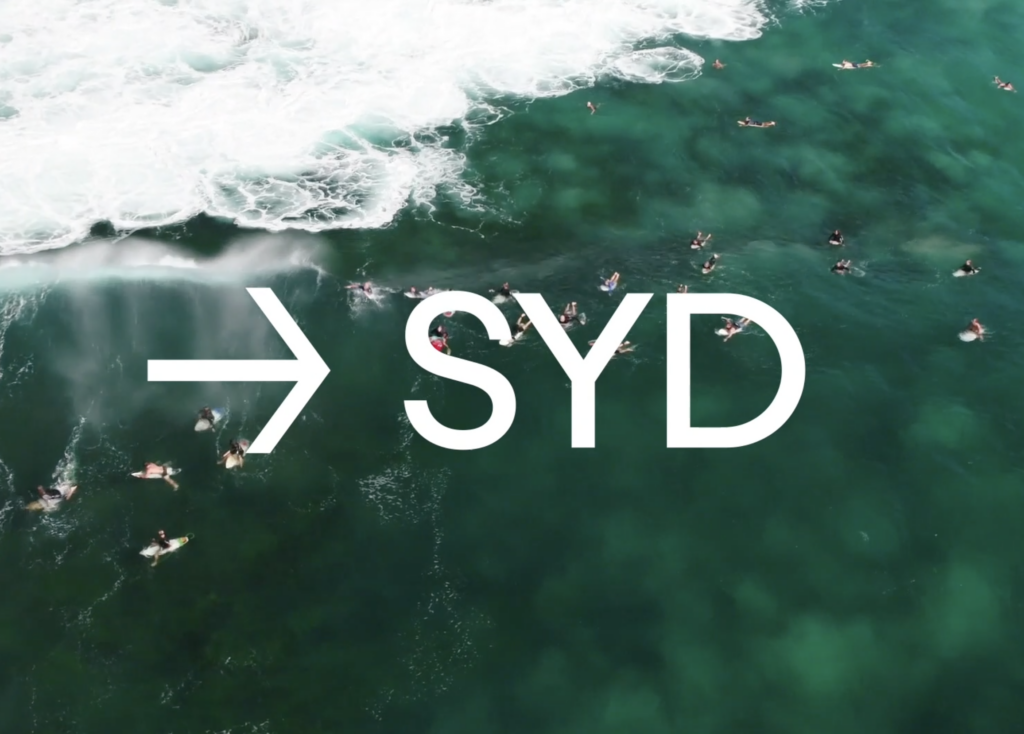
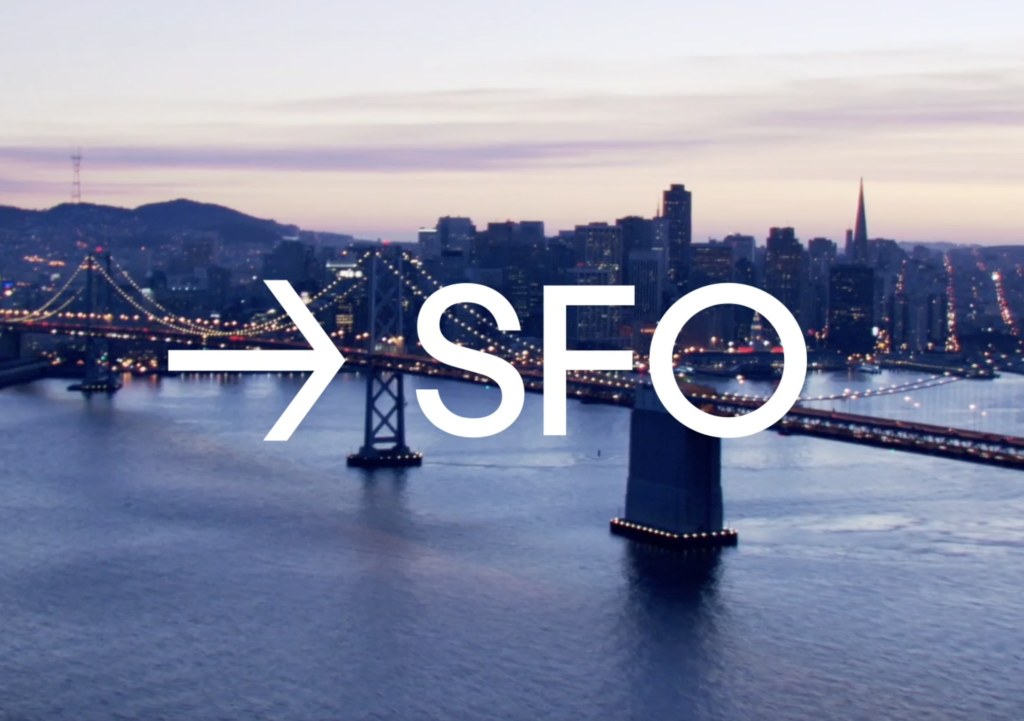
We collaborated closely with Uber’s design team to ensure the sounds were both on-brand and effective across various environments. Through iterative testing in different settings, from quiet interiors to loud, chaotic environments, we fine-tuned the sound experience to be impactful without causing fatigue.
Uber’s app sounds are now heard millions of times a day by drivers and passengers worldwide.These sounds have become core assets in Uber’s marketing efforts, amplifying brand presence across digital, TV, and social channels.
We optimized and tested the sounds in some of the loudest areas of San Francisco to ensure that they were clear and communicative to the end user.
Reach out to learn how we can help you design a sound experience that resonates.
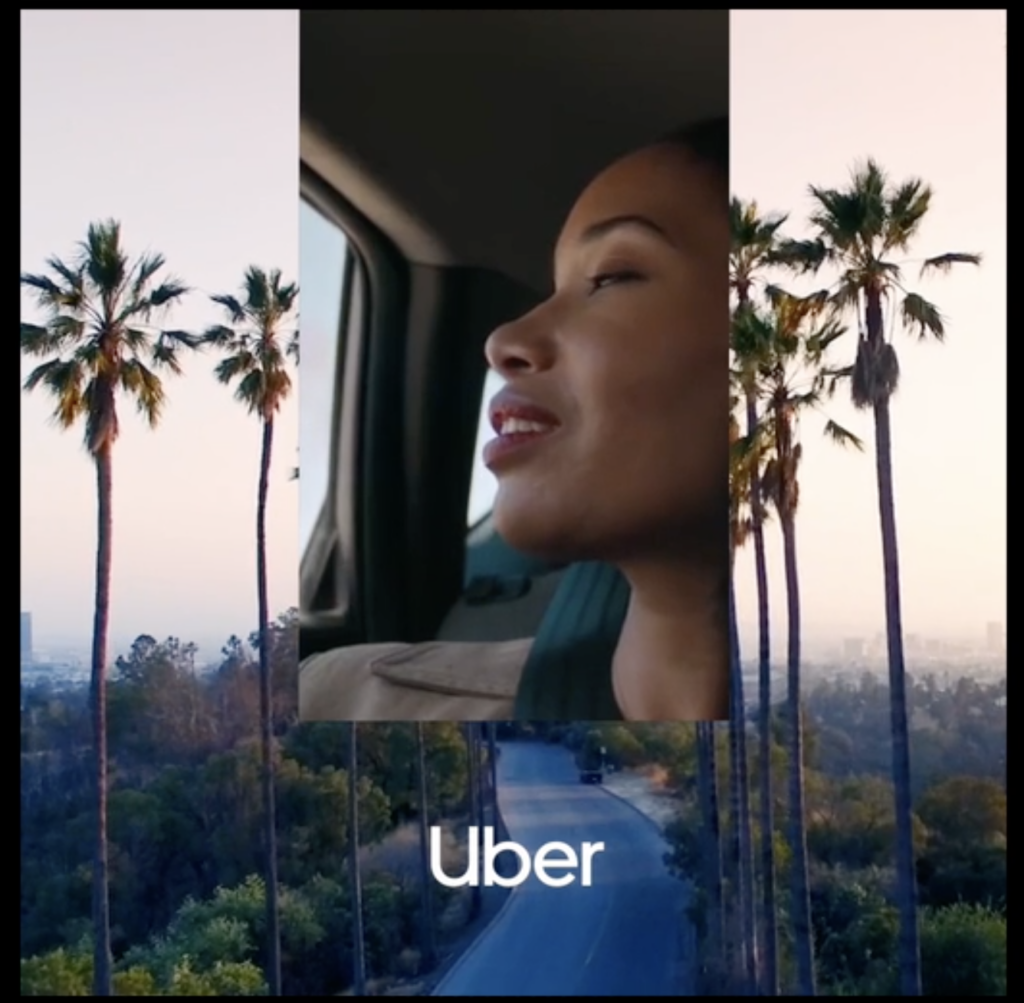

Image, sound, and vibration were paired with alerts so that no matter how the phone is used—on a phone mount in a car, attached to the handles of a bicycle, or in a courier’s pocket while walking to deliver a meal—on-trip alerts are always easily accessible and understood.
Evelyn Kim,
Senior Design Manager, Uber
Deliverables
Sound Logo & Audio Brand Strategy
Application
TV Commercials, Audio Advertising, Social Media, Digital Content
Services
San Francisco Design Week Gold
As KQED was in the midst of a full rebrand, they jumped at the opportunity to supplement this with a sonic id and audio brand strategy for radio and television broadcast that would increase recall and drive engagement.
After hosting multiple music and sound workshops with the team, we conducted a massive audit of various radio and television networks as well as digital media providers in order to strategically position KQED to standout in this highly competitive space. Seeing that KQED is currently the most listened to public radio station in the US, it was important to create something accessible to a range of people while also expressing the concept of discovery.
Sorry, your browser does not support this audio format.
Simplicity in melody and layered timbre that spans the frequency spectrum
Sorry, your browser does not support this audio format.
Wondrous, spacial textures instead of a forced melody
Sorry, your browser does not support this audio format.
Call and response melody that gives confidence to the listener
To communicate trust, we focused on the form of the melody and how it begins with a questions and ends with an affirmative response.
The project originally started as a strategic effort to deliver 1 hero sound logo to be used for radio, but after seeing the response to the radio version, we were pulled in to create a longform variation to accompany their television programming. The KQED sound logo currently plays at the top of the hour every hour on KQED’s radio and PBS TV stations and has become a core part of it’s identity system.
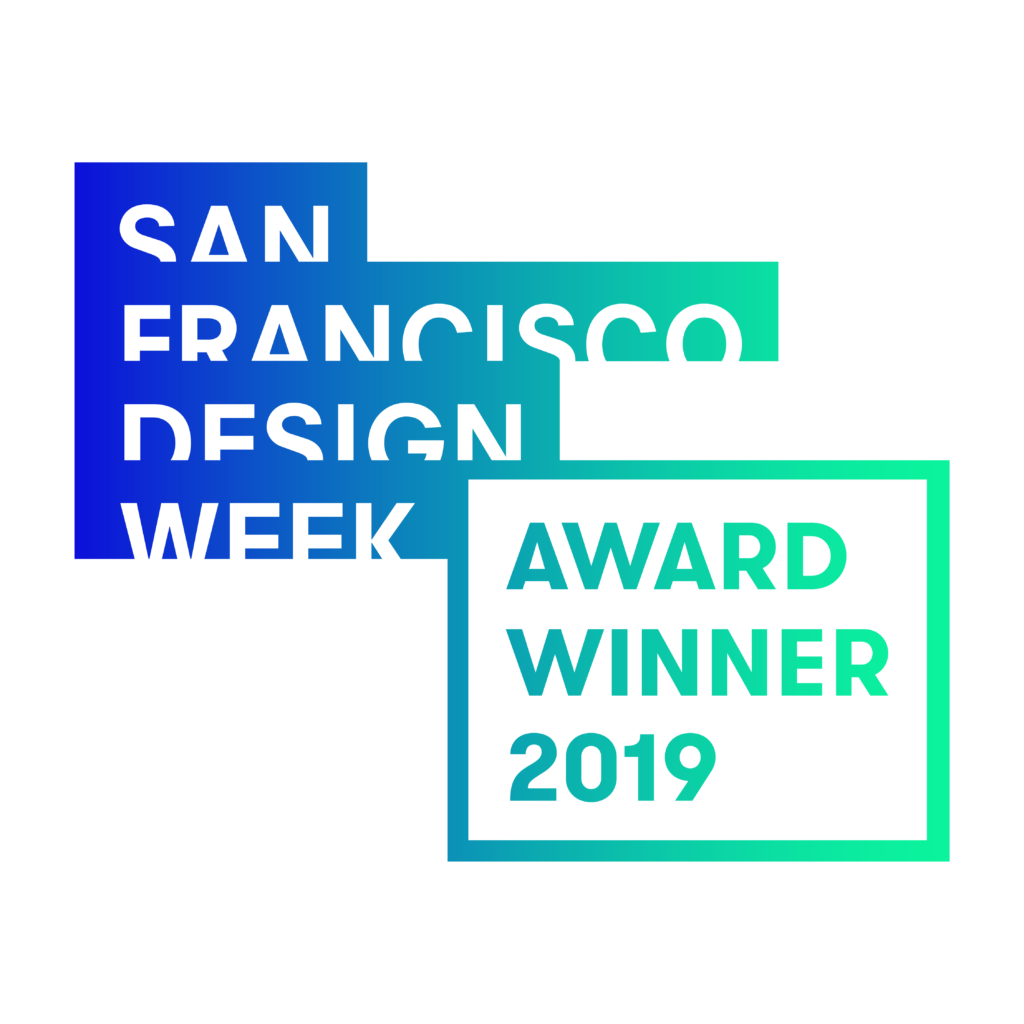
Note from client
CMoore Sound had a proven process and strategy that they’ve had success with for many years with top-level brands so it was an easy choice. They utilized the perfect blend of creativity, science and strategy that felt natural and really worked for us in telling KQED’s brand story.
Delinda Mrowka
VP of Marketing, KQED
Deliverables
Audio Brand Strategy, Brand Voice, Product Sounds, App Sounds
Application
Serve In Product and In App
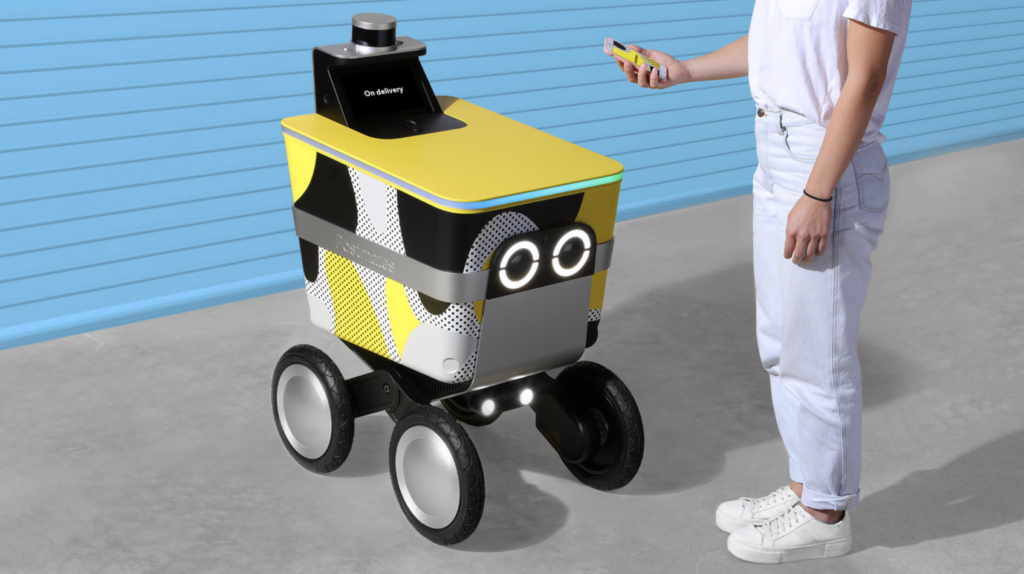
We recently had the opportunity to partner with Serve Robotics in developing their audio brand strategy, creating their brand voice and audio user experience for their delivery robot Serve. The audio experience encompasses everything from the way the robot interacts and speaks with customers to how the robot sounds when driving on pedestrian sidewalks.
Creating sound experiences for emerging technology requires loads of research in understanding best practices from aspirational fields that we can incorporate into design. The sound design for Serve needed to communicate effectively to a range of pedestrians across different interactions while being cohesive to support their overarching brand language. In order to accomplish this, we had to create a framework for the language so it could be flexible in four key areas:
Melodic Work, Melodic Play, Tonal Vocalization and Mechanical
Sorry, your browser does not support this audio format.
Simple alerts that notify a customer that they’ve completed an interaction – snappy, but polite
Sorry, your browser does not support this audio format.
More elaborate alerts that are moments of celebration for the customer to experience more personality
Sorry, your browser does not support this audio format.
Moments of personality that reflect the intonation of the human voice
Sorry, your browser does not support this audio format.
Functional sound design to reinforce when Serve is driving, slowing down or turning
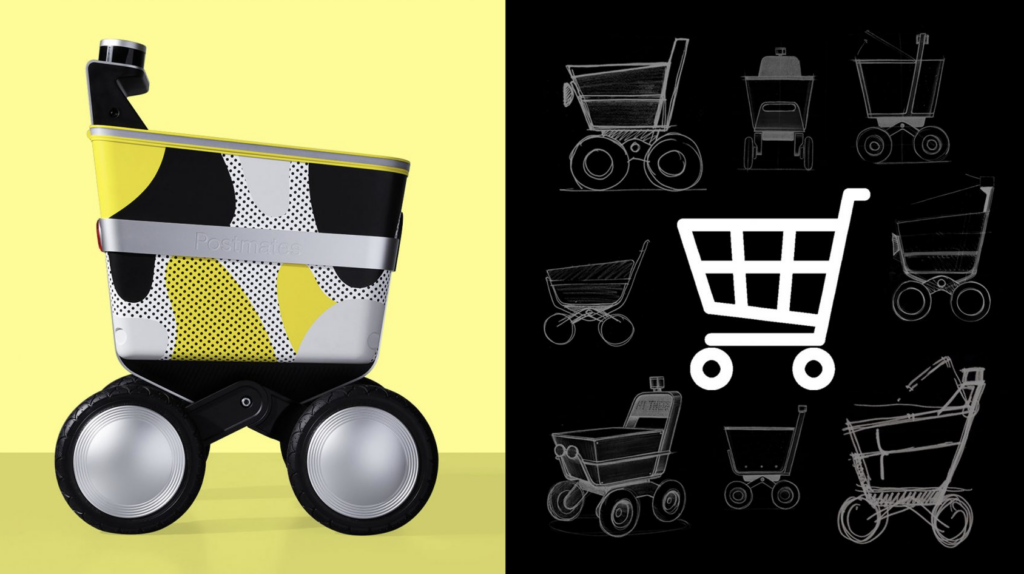
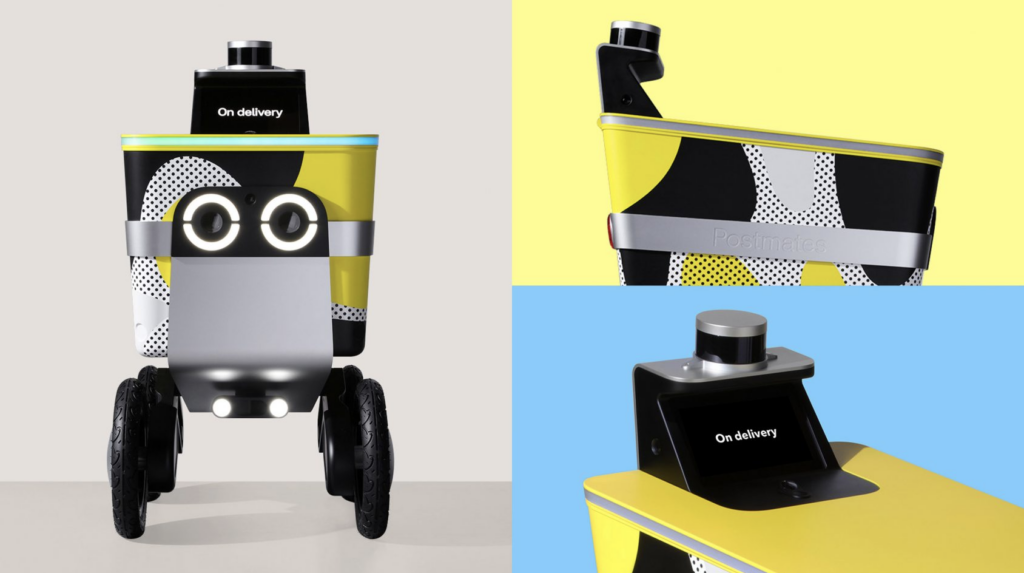
Serve’s persona is warm and friendly, but has the ability to flex with her audio language based on the type of interaction.
Seeing that Serve was one of the first delivery robots to market, we wanted to create sounds that ground the experience and make people comfortable in any interaction. In order to do this we created a design system that uses consistent instrumentation and key signature across the four categories while creating flexibility with layering, effects processing and sound envelopes for best communication.
During our design process, we tested Serve in the wild to get peoples reactions across various locations in San Francisco and also prioritized testing for low vision populations. From there we continued adapting the design accordingly to achieve the most functional and delightful experience possible. Overall, we delivered over 30 distinct sound assets to accompany Serve and the delivery robot is currently deployed across LA and San Francisco.
